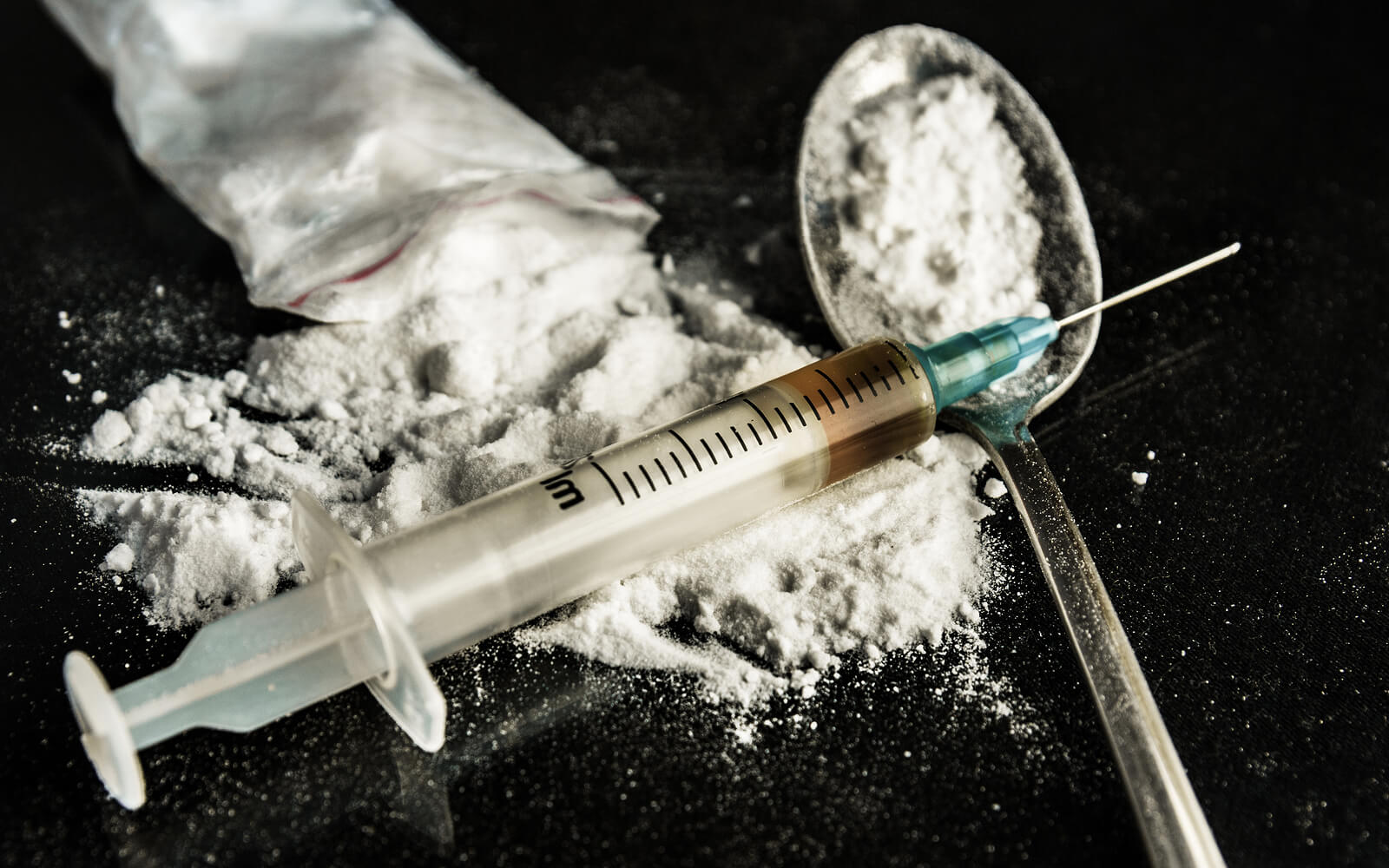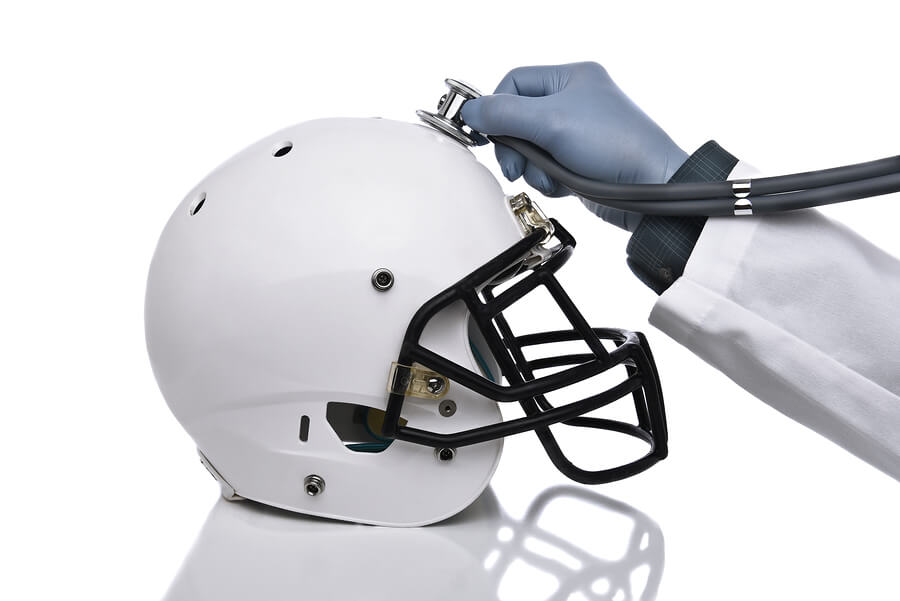Athletes & Addiction: Drug Abuse in Sports & Rehab Near Me
Athletes are driven to succeed in ways that people in other vocations rarely are. Athletic competitions, especially those in the professional sporting world, combine arenas of mental and physical toughness, but also the pressure of a rabid consumer market, as well as coaches and families who have invested a lifetime’s worth of effort and patience in seeing someone in their charge become a hero. A guide to addiction and treatment for athletes may seem out of place in a world where performers are worshipped and glorified, but it speaks to the very real danger of sportspersons succumbing to the temptation to always be on top.
If you or someone you love may be struggling with a substance use issue and you are not sure what to do, call us today at The cost of rehab should not be a barrier to treatment. Ask us about our NFL Alumni & Family scholarship or use our insurance form below to see if your insurance provider may be able to cover all or part of the cost of rehab.
Addiction Talk Athlete Interviews
Addiction and substance abuse amongst athletes can be hard to overcome due to the stigma of addiction. Listen to our Addiction Talk interviews with past and present professional athletes and their struggles with addiction.
The Deep Entrenchment of Addiction Among Athletes
 The problem of athletes turning to addiction is not one that happens in isolation. The journal of Substance Abuse and Rehabilitation states that abusing controlled substances takes place across all sports and athletic competitions. Various aspects of athletic life are conducive to drug abuse; in addition to performance enhancement, athletes take drugs (or are given drugs to take) to medicate injuries, and to deal with mental and emotional stress that comes from life on and off the field, track, court, or ring, and even after retirement. Consuming these drugs (especially in a high-pressure and high-risk environment, like professional sports and athletics) presents a significant risk of developing an addiction to them.
The problem of athletes turning to addiction is not one that happens in isolation. The journal of Substance Abuse and Rehabilitation states that abusing controlled substances takes place across all sports and athletic competitions. Various aspects of athletic life are conducive to drug abuse; in addition to performance enhancement, athletes take drugs (or are given drugs to take) to medicate injuries, and to deal with mental and emotional stress that comes from life on and off the field, track, court, or ring, and even after retirement. Consuming these drugs (especially in a high-pressure and high-risk environment, like professional sports and athletics) presents a significant risk of developing an addiction to them.
The British Medical Journal wrote in 2002 that 33 percent of doctors work with people who use drugs to improve their athletic performances, so much so that the issue is “deeply entrenched” in the sporting world, despite the life-threatening risks. For a number of reasons, sportsmen and women are much more likely to use drugs and alcohol than the general population.
The Types of Drugs Used in Athletic Addiction
The breakdown of drugs that are most commonly abused by athletes explains some of the reasoning behind this way of endangering their lives and careers.
However, in addition to the unethical implications of using anabolic steroids to get ahead on the field, they can cause distressing and painful withdrawal symptoms when their regular use is discontinued (especially if that use was unregulated). The National Institute on Drug Abuse explains that athletes may experience mood swings, fatigue, insomnia, and cravings for more steroids, compelling them to keep taking the drugs even as the consequences pile up. Since anabolic steroids manipulate the body’s production of the testosterone hormone, male athletes can suffer erectile dysfunction and develop enlarged breasts and smaller testicles. Female athletes can grow body hair and develop a deeper voice while missing their periods and lowering their estrogen levels, which can lead to their breasts shrinking.
The behavior of continuing to take a drug, even while it causes physical and psychological harm, and then being unable to stop taking the drug because the body has a violent reaction to the discontinuation, is characteristic of addiction.
Not only are sportspeople taking stimulants during sporting events, they also take the drugs during training, to mimic the intensity and adrenaline rush they get when they are performing in front of thousands of cheering fans. An ESPN special report on “Drugs and Sports” further explains that amphetamines also have the effects of increasing self-confidence and decreasing appetite, which might be of particular interest to athletes who are looking to trim their body weight for their pursuits, leading The New York Times to write that even gymnasts and ballet dancers are tempted to follow in the risky footsteps of football players and professional wrestlers.
Athletes Using Adderall

For all the praise and adulation athletes receive, they do not have the luxury of calling in sick. “Sometimes you don’t feel like playing football,” a former player for the Denver Broncos told The Denver Post, which is why many other players take amphetamines. The drug of choice passed around by players and coaches is Adderall, best known for its use in treating patients with ADHD and narcolepsy, but also abused by college students for its effect of causing heightened awareness and mental focus for hours on end.
A side effect of Adderall (and other stimulants, like methamphetamine and cocaine) is that the drug causes the user to feel incredibly good. The mental sharpness is not just clarity in thinking; it is a burst of superhuman pleasure, so much so that all other forms of satisfaction can feel cold and lifeless by comparison. This is a result of the way the amphetamines in Adderall hijack the brain’s rewards system, rewriting neural pathways to make a user seek out more of the same. As with anabolic steroids (and any other drug), abusing Adderall has a number of negative side effects, such as causing anxiety, sleep disorders and unpredictable changes in mood. If a person tries to stop taking Adderall, their body reacts physically (e.g., nausea, vomiting, and muscle cramps) and psychologically (depression, to the point of suicidal thoughts) compelling the consumption of more Adderall.
Take Our Substance Abuse Self-Assessment
Take our free, 5-minute substance abuse self-assessment below if you think you or someone you love might be struggling with substance abuse. The evaluation consists of 11 yes or no questions that are intended to be used as an informational tool to assess the severity and probability of a substance use disorder. The test is free, confidential, and no personal information is needed to receive the result.
Killing the Pain
On the other side of the spectrum, narcotics have found their way into locker rooms and gym bags, as a way to help athletes keep working through the physical pain that comes with their job. Abusing prescription medication (taking pain pills without a doctor’s prescription) is the “dirty little secret” of sport at both the college and professional level, says Deseret News; it is illegal and dangerous, but everyone does it. With the promise of lucrative contracts and endorsement deals, sitting out a few games to nurse an injury effectively entails ceding a coveted spot to another up-and-coming athlete. But when there are miracle pills that can make the pain go away, many people are willing to turn a blind eye to the practice.
The problem is manifold; not only do athletes resort to painkillers to try and artificially numb their pain (instead of giving their bodies time to recover), but the potent
medications are so strong, and so powerfully addictive, that they become a problem in themselves. A former NFL linebacker told the Washington Post that a team physician from the league gave him a bottle of up to 150 Percocet pills for a knee injury. In another locker room, all a player had to do was a raise a hand, and an assistant trainer would hand out narcotic drugs.
Painkillers, writes ESPN, are the NFL’s “other big problem,” after concussions and head injuries (which also carry the risk of causing addiction), because players are often given prescription pills when there is no need. But coaches and trainers are sometimes so determined to ensure that their players are at peak operating performance, that powerful medication is dispensed as an unnecessarily precautionary measure.
From Painkillers to Heroin

With potent medication so freely distributed in a culture that demands excellence and results, a warning from the Harvard Medical School that “painkillers fuel growth in drug addiction” should sound alarm bells for athletes under pressure to play through the pain. In the same way that stimulants target the areas of the brain that deal with pleasure and rewards, painkillers – chemically based on the same compounds that power heroin – have a similar effect, to the point that using such narcotics as a form of long-term pain management will become an addiction.
The connection between prescription painkillers and heroin has led to tens of thousands of people across the country becoming hooked on heroin, and athletes addicted to their pills have joined them. In writing of “How painkillers are turning young athletes into heroin addicts,” Sports Illustrated tells the story of a baseball prodigy who took OxyContin after minor surgery for a foot injury, and then fell into abusing the drug because painkillers are so easy to obtain. The pills led to heroin, and the heroin led to a fatal overdose at 22 years old.
The ‘Toughest Opponent’
These drugs are dangerously addictive on their own, but when combined with the purchasing power of professional and up-and-coming athletes, they have ruined entire careers and lives.
Head Injuries and Addiction
Drug addiction never exists in a vacuum, and the same goes for athletes. In addition to the various forms of stress they endure as a result of their calling, certain injuries are more conducive to the development of chronic substance abuse. Researchers and doctors have found that chronic traumatic encephalopathy, a degenerative brain disease that comes from repeated and violent impact to the head, has a connection to addiction. The Journal of Neurotrauma discovered that those kind of head injuries directly affect the neural pathways that deal with motivation and incentive, which increases the risk of addiction in patients who have suffered such damage.

Another area of concern when it comes to damage to the head is concussion, especially in contact sports like football, hockey, boxing, and wrestling. The journal of Medicine & Science in Sports & Exercise writes that athletes who received concussions from their sports had a high risk of developing major depression. A study of 2,552 former football players revealed that the higher the number of concussions, the greater the frequency of diagnoses of depression.
Concussion and depression are serious medical issues in their own right, but for athletes, the conditions occur in a culture that casts mental health problems as a sign of weakness. Philly.com asks if depression in athletes is being ignored, because players are compelled to ignore symptoms and effects in favor of looking strong for their peers, coaches, and fans.
Treating Athletes with Addiction Issues
When it comes to treating athletes who are struggling with substance addiction, certain elements of generally accepted methods of healing apply; other forms of therapy are unique to the sporting world.
Individual circumstances will determine the first stages of treatment, which will usually involve a period of medical detoxification. This will ensure that the athlete’s body is given a safe environment in which to wean itself off drugs, without fear of being pressured into taking more pills or succumbing to the temptation to relapse. In cases of extreme addiction, where the detoxification process can
cause nausea and vomiting, depression and anxiety, insomnia, diarrhea, and other effects, medical professionals can be on hand to administer anti-anxiety and anticonvulsant medication to ease symptoms.
The National Institute on Drug Abuse writes that medical detox alone does little to correct addictive behavior in the long run. For that, an athlete would need counseling and therapy to address the mental damage done by the addiction. With help, the athlete can learn how to protect against future instances of drug cravings.
Sports Psychology

Here, the unique culture and mindset of sports might necessitate the skills of a sports psychologist, a professional who is trained to understand how the human mind of a professional (or even amateur) athlete is geared to work. The American Psychological Association explains that in ideal circumstances, sports psychologists can help athletes improve their performances through various mental strategies, boost their motivation, and rediscover a passion for their sport when the novelty wears off.
But sports psychologists can also help athletes cope with the intense pressure of competition, devising strategies and techniques to achieve a healthy balance of expectations and outcomes. Additionally, since injuries can be mentally debilitating for athletes (and the idea of seeking mental health treatment may be anathema for some), sports psychologists specialize in working with them on adjusting to the reality of taking time off for injuries to naturally heal. That is not an idea that is commonplace in many locker rooms, but it is vital to the effectiveness of a sportsperson recovering from addiction.
Athletes and professional sports players are among the highest-ranking and most popular celebrities in popular culture today, but that level of superstardom comes with a very deep risk. Vice magazine explains how 33 percent of elite athletes are addicted to a drug they took to help them overcome their pain so they could go back to performing. In a setting where prizes and performance are valued over mental and physical health, the danger of athletes becoming addicted to drugs is not going to go away quickly.

